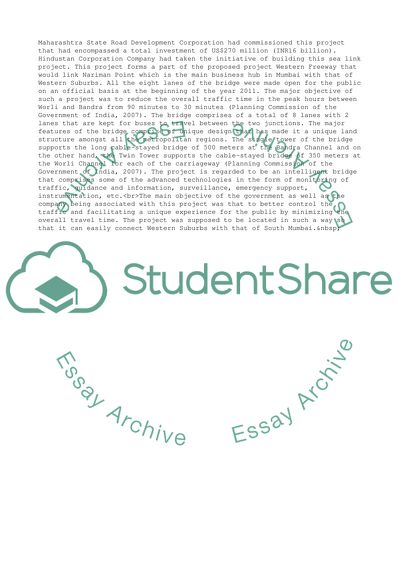Cite this document
(Project Management: Bandra Worli Sea Link Case Study, n.d.)
Project Management: Bandra Worli Sea Link Case Study. Retrieved from https://studentshare.org/management/1832163-project-management
Project Management: Bandra Worli Sea Link Case Study. Retrieved from https://studentshare.org/management/1832163-project-management
(Project Management: Bandra Worli Sea Link Case Study)
Project Management: Bandra Worli Sea Link Case Study. https://studentshare.org/management/1832163-project-management.
Project Management: Bandra Worli Sea Link Case Study. https://studentshare.org/management/1832163-project-management.
“Project Management: Bandra Worli Sea Link Case Study”, n.d. https://studentshare.org/management/1832163-project-management.


